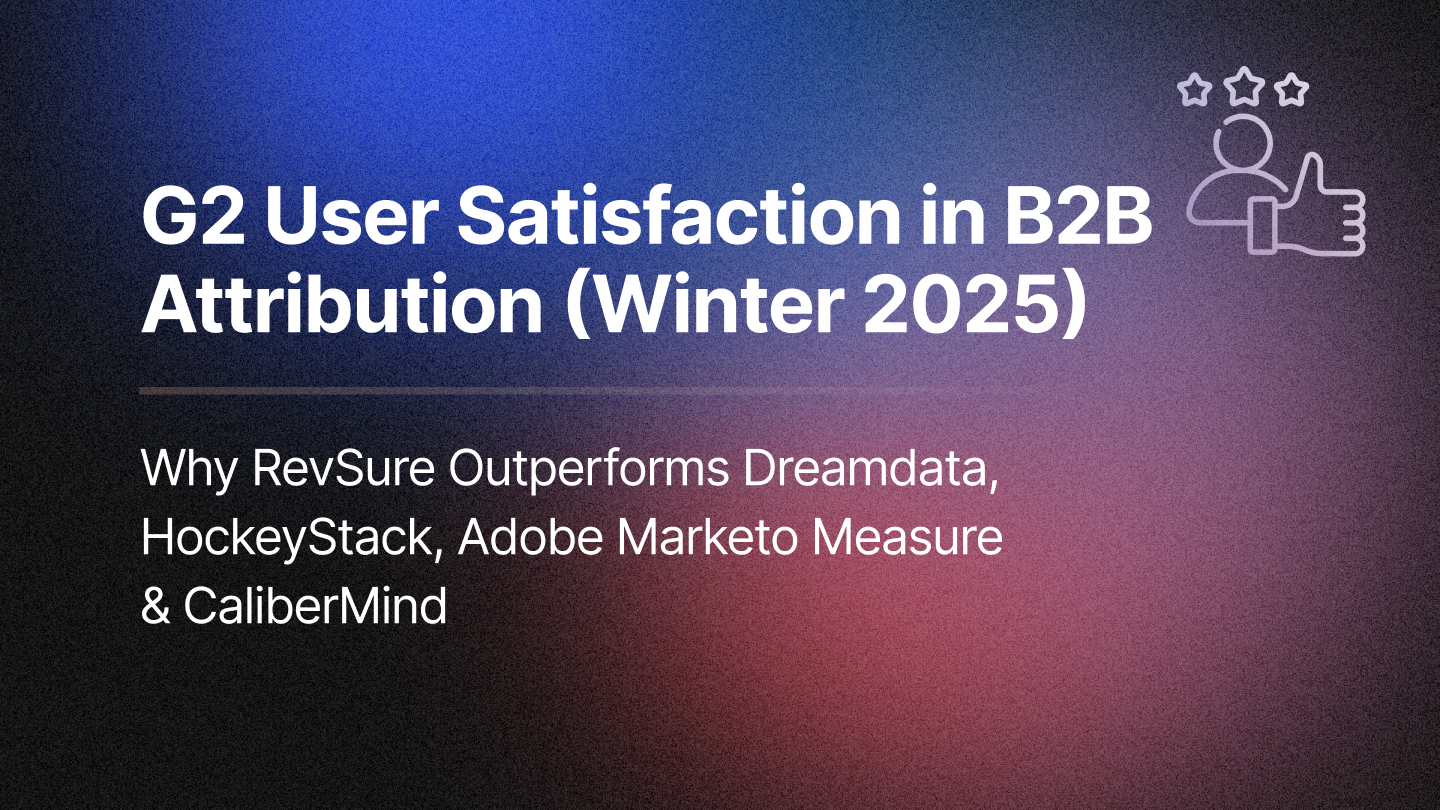“This is going to be a challenging year, but we can hit our targets if we work together.” – Every CEO/CMO/CRO/CSO ever
You’re entering the year with revenue targets, a budget, a team, and a go-to-market plan. But here’s the real question:
- Do you know which leads are most likely to convert to pipeline and revenue?
- As budgets tighten, do you know which channels and campaigns are worth every dollar?
- Just because you knew what worked last year, do you know what will work this year?
The reality: sticking rigidly to a fixed plan may be the fastest way to miss your goals.
That’s why we’ve outlined the challenges and solutions to make your GTM strategy more adaptable, data-driven, and impactful.
What Makes This Year Different?
Has any year since 2020 been “normal” for marketing? No. Each year has brought its own mix of economic uncertainty, shifting buyer behavior, and data limitations.
1. Economic Pressure
With a looming recession, marketing budgets and headcounts are shrinking, while expectations for pipeline contribution and revenue impact are rising. Marketing’s KPIs have evolved from leads → MQLs → opportunities → pipeline and revenue.
Solutions like RevSure’s Funnel Health Intelligence help teams measure pipeline readiness and conversion health so you can focus resources on high-propensity opportunities.
2. Data Privacy Changes
New state-level privacy laws, Virginia’s act in effect, with Colorado, Connecticut, and Utah following, will limit the ability to track and prospect. That means marketing teams will have less visibility into anonymous intent signals without the right tools.
With Account & Lead Intelligence, you can still surface high-intent accounts, even in a privacy-first environment, by combining behavioral, firmographic, and funnel-stage data.
3. Analytics Shifts (GA4 Migration)
Google Analytics 4 focuses on engagement, not sessions. This will impact historical reporting and force marketing teams to rethink measurement frameworks.
By integrating RevSure with your CRM and MAP, you bypass these silos and get real-time, multi-touch attribution via Unified Funnel & Cohort Intelligence.
From Lead Capture to Revenue Generation
Historically, marketing success was measured by leads created. Today, quality and revenue impact matter far more than quantity.
Focusing on:
- Which campaigns convert to revenue fastest
- Which channels deliver at the lowest acquisition cost
- Average deal velocity and size
…will align your GTM teams around outcomes that truly grow the business.
With Pipeline Analytics, you can measure these metrics continuously and adjust budgets mid-quarter using Campaign Spend Reallocation.
Planning in the Face of Unknowns
Uncertainty doesn’t mean you can’t plan, it means you need to plan differently.
Here’s how:
- Audit regularly – Revisit your GTM plan quarterly, reallocating budget to top-performing channels.
- Partner with sales – Share funnel insights and feedback to refine messaging and targeting.
- Adopt a full-funnel view – Use RevSure’s predictive GTM engine to see how every touchpoint impacts pipeline and revenue.
- Be ready to pivot – Senior leaders value adaptability over blind commitment to an underperforming plan.
Go Forward, Differently
This year’s obstacles, budget constraints, limited data, and reduced bandwidth, make one thing clear: the winners will be those who have full-funnel visibility, sales alignment, and the agility to pivot in real time.
By focusing on:
- Revenue-based metrics
- High-velocity personas
- A unified ideal customer profile
…you’ll position your GTM team to hit targets even in unpredictable conditions.
Ready to see how? Book a RevSure demo and discover how to plan, measure, and adapt your strategy for revenue impact all year long.
Related Blogs







